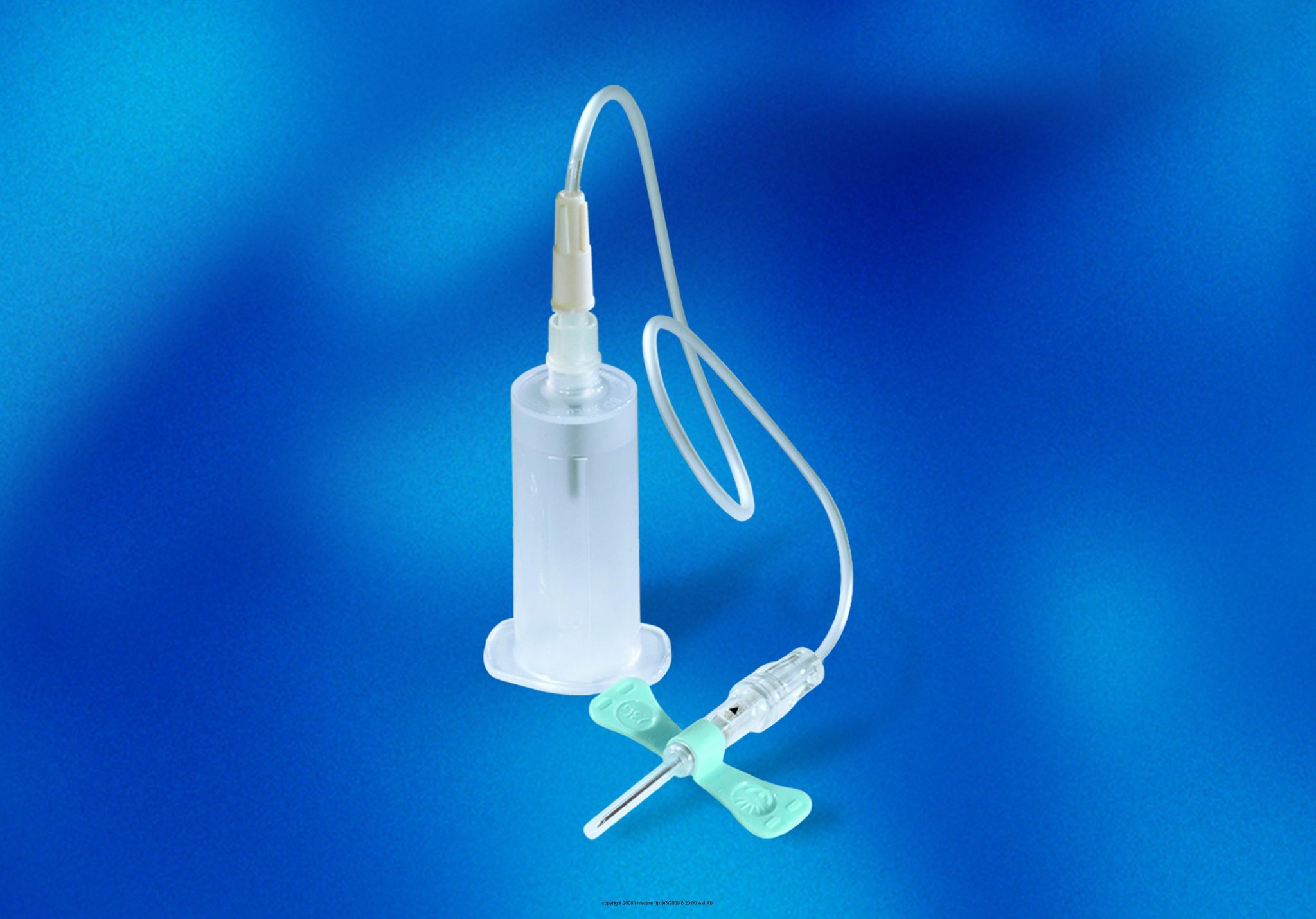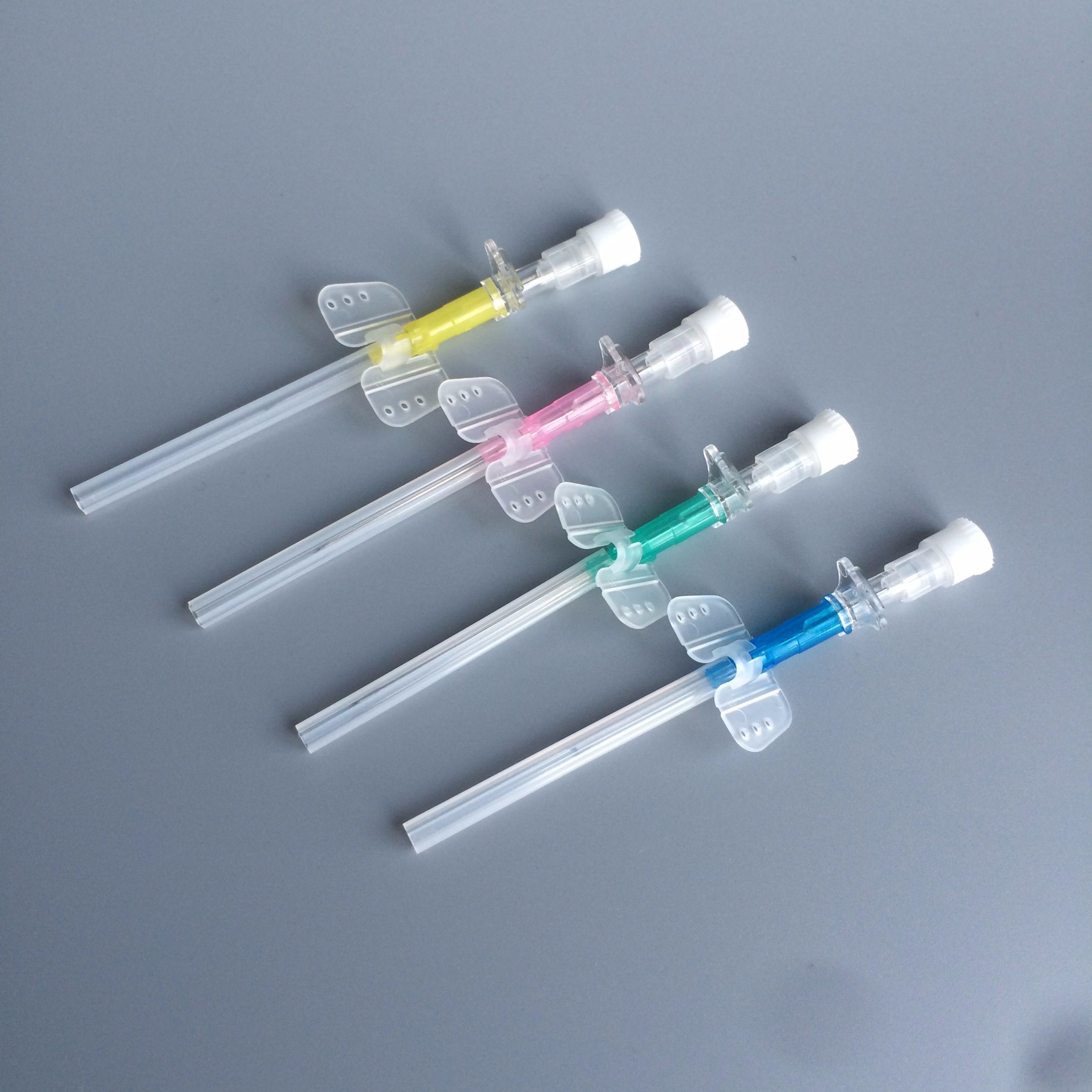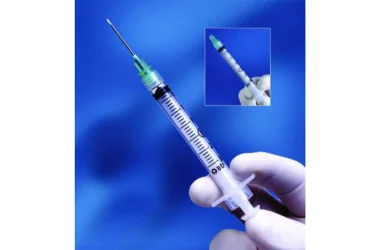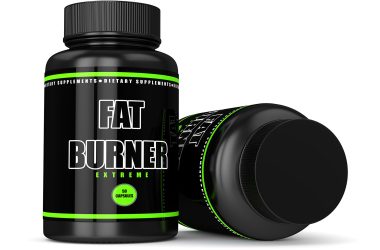Phlebotomy involves blood collection for diagnostic purposes and is crucial to healthcare. A critical aspect of any phlebotomy procedure is the type of needle used to draw blood. One such needle is the butterfly needle, designed to make the process easier, faster and more comfortable for both patient and technician. Disposable Butterfly Needles for easy disposal are especially convenient and hygienic, as they reduce the risk of needlestick injuries and cross-contamination. This article will explore what butterfly needles are, how they work and why they are so widely used in phlebotomies today.
What Is a Butterfly Needle?
A butterfly needle is a disposable medical device consisting of a hollow plastic tube (or “butterfly”) with an attached flexible stainless steel shaft or wire. The device is connected to a syringe containing an anticoagulant solution (which helps to prevent clotting during sample collection). The butterfly needle has one sharp end (for penetration) and one blunt end (for grasping). Disposable butterfly needles are available in sizes ranging from 18 gauge to 30 gauge.

Uses Of Butterfly Needles
Healthcare professionals commonly use butterfly needles when drawing blood samples from veins. They can also be used for intravenous injections or infusion therapy (delivering fluids directly into the bloodstream). In addition, they may be employed in certain medical procedures such as apheresis (the removal or separation of specific components from whole blood).
Advantages Of Butterfly Needles For Phlebotomy
One key advantage offered by butterfly needles over traditional straight-shafted needles is their flexibility; this makes them easier to maneuver around areas where veins have shifted due to age or physical activity levels. Additionally, because there is no backflow when using a butterfly needle, it minimizes the risk of contamination between patients and technicians. Furthermore, these devices provide greater accuracy since there’s less chance of leakage during sample collection than other needles. Finally, disposable butterfly needles enable easy disposal after use and reduce time spent on cleaning/sterilizing reusable instruments.

Safety Considerations When Using Butterfly Needles
When using disposable butterfly needles, it’s important to follow safety guidelines provided by the manufacturer regarding proper handling and disposal techniques and wearing protective gloves while performing procedures involving body fluids like blood or urine samples. It’s also essential that practitioners stay up-to-date on industry best practices concerning infection control measures, such as handwashing before and after each procedure – particularly if working with multiple patients throughout the day – along with regular cleaning/disinfecting surfaces within shared spaces like exam rooms or labs where contaminated materials may be present.
Caring For Patients With Disposable Butterfly Needles
Using disposable butterfly needles can help ensure that patients receive quality care while minimizing risk factors related to infection transmission when undergoing phlebotomy procedures. At all times, it’s important to maintain good communication between practitioner and patient about what’s being done at each step throughout the process so everyone involved feels confident about outcomes achieved through the safe use of these devices for sample collection purposes – ensuring every precaution has been taken during preparation before insertion including sterilization techniques being applied correctly according to industry standards before inserting Disposable Butterfly Needles into veins for easy disposal afterward.





